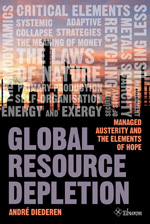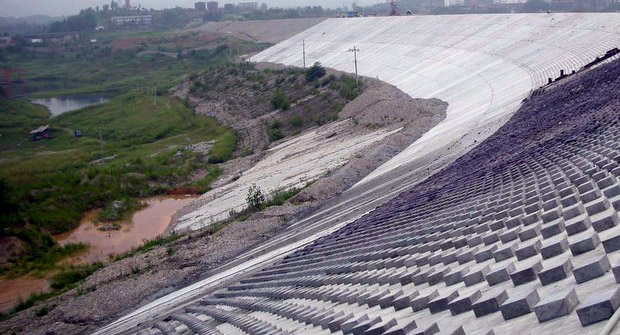Poor Ann. She has ranted a raved for so long that she, like Sarah Palin, has become a parody of herself. She once said that , “when the democrats talk about new forms of energy they don’t actually create any new form of energys, they talk about old forms of enenrgy like solar power, wind power and barley power”. Did she miss physics in college or what?
http://www.anncoulter.com/cgi-local/printer_friendly.cgi?article=262

THIS IS NOT A DRILL
by Ann Coulter
July 16, 2008
Speaker of the House Nancy Pelosi, or as she is called on the Big Dogs blog, “the worst speaker in the history of Congress,” explained the cause of high oil prices back in 2006: “We have two oilmen in the White House. The logical follow-up from that is $3-a-gallon gasoline. It is no accident. It is a cause and effect. A cause and effect.”
Yes, that would explain why the price of oral sex, cigars and Hustler magazine skyrocketed during the Clinton years. Also, I note that Speaker Pelosi is a hotelier … and the price of a hotel room in New York is $1,000 a night! I think she might be onto something.
Is that why a barrel of oil costs mere pennies in all those other countries in the world that are not run by “oilmen”? Wait — it doesn’t cost pennies to them? That’s weird.
In response to the 2003 blackout throughout the Northeast U.S. and parts of Canada, Pelosi blamed: “President Bush and Rep. Tom DeLay’s oil-company interests.” The blackout was a failure of humans operating electric power; it had nothing to do with oil. And I’m not even “an oilman.”
But yes — good point: What a disaster having people in government who haven’t spent their entire lives in politics! That explains everything. A government official with relevant experience or knowledge about an issue is obviously a crisis of gargantuan proportions.
This must be why the Democrats are nominating B. Hussein Obama, who finished middle school three days ago and has less experience than a person one might choose at random from the audience of “American Idol.”
Announcing the Democrats’ bold new “plan” on energy last week, Pelosi said breaking into the Strategic Petroleum Reserve “is one alternative.” That’s not an energy plan. It’s using what we already have — much like “conservation,” which is also part of the Democrats’ plan.
Conservation, efficiency and using oil we hold in reserve for emergencies does not get us more energy. It’s as if we were running out of food and the Democrats were telling us: “Just eat a little less every day.” Great! We’ll die a little more slowly. That’s not what we call a “plan.” We need more energy, not a plan for a slower death.
:}
She claims to be a comedian. But she declared that an attempt to toss a pie in her face, an age old comedic twist was attempted assault. Soupy Sales where are you? More tomorrow.
:}












